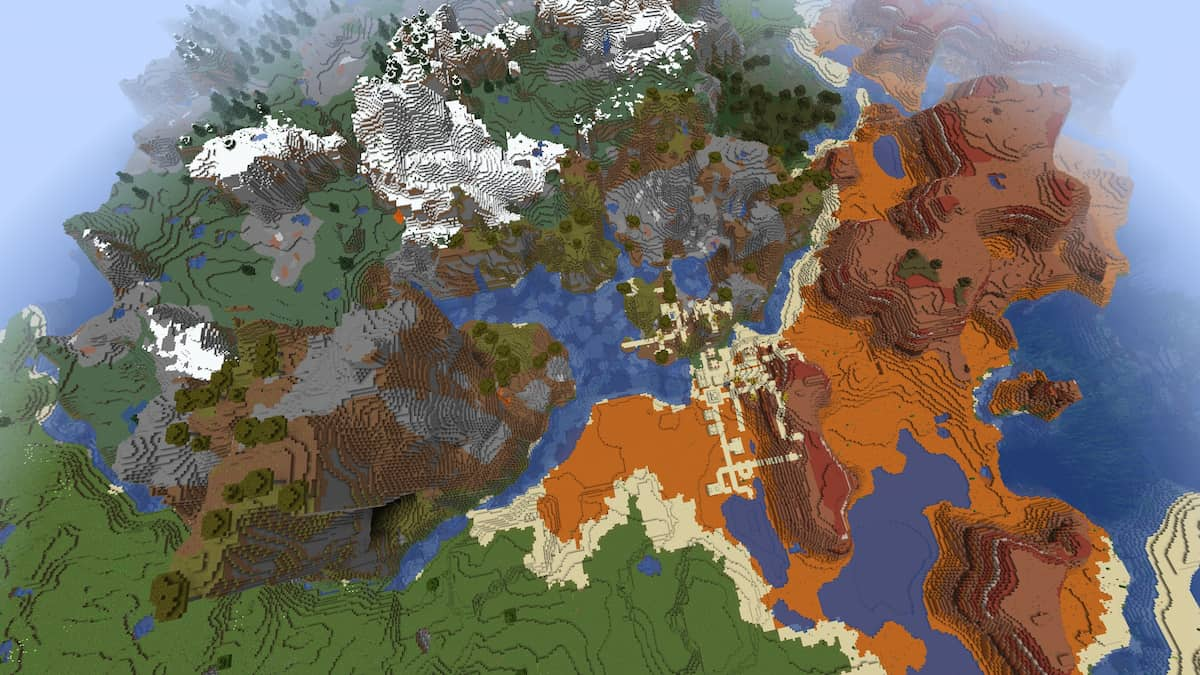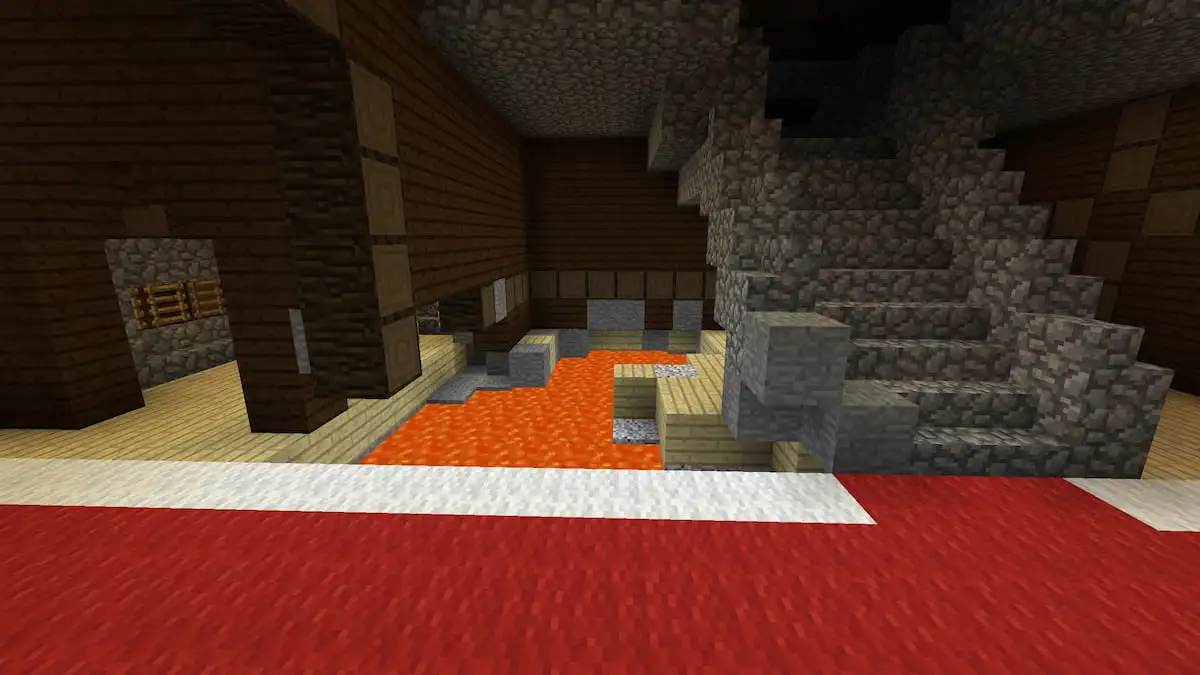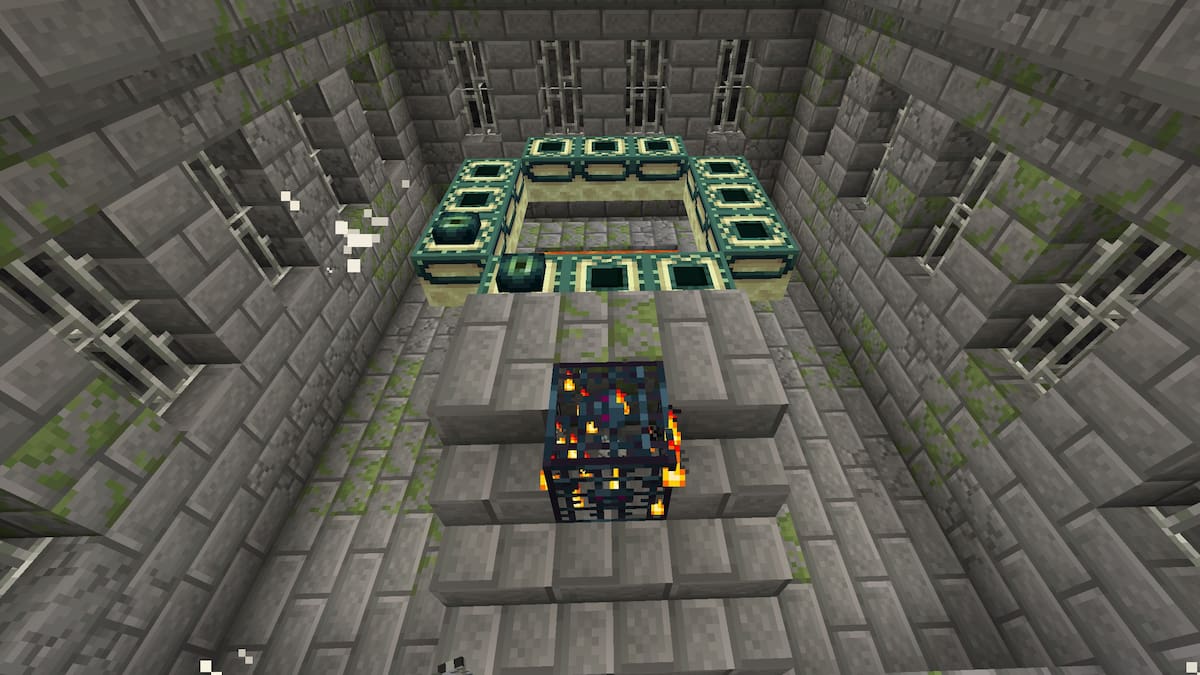Long-form writing is tough. Even if you have a lot of ideas, it can be daunting to try and put all of them down into one cohesive product. And it can be difficult to sustain a longer article without losing your focus or repeating yourself. Not to mention that the sheer thought of putting down 1000+ words makes most people’s skin crawl.
It’s not as horrible as it seems.
While it does take a lot of practice and discipline to really get the hang of long-form writing, it’s a skill that will help you in countless other areas of your life: cover letters, job reports, college essays, defeating your foes in the great Internet arena (aka the comment section) – there are lots of possibilities. And a lot of the skills that go into long-form writing will also help you sharpen up your skills in shorter writing samples.
Here are some topics we’ll go over in this article: preliminary research, compulsive note-taking, well-made outlines, and thorough proofreading are all key to writing the best long-form articles. But so is a little rest. Stepping away from the computer screen is also a key part of the process.
Truthfully, there is no one secret to doing this right. Mostly, it comes down to good planning and self-discipline (and a little self-love, too). But there are a few basic practices that can make the whole process a lot easier.
Research First
Nearly every long-form article will need some research. The amount of research will vary depending on the topic. A culture piece about a particular hot-button topic or a spotlight piece on a game/developer will require a fair amount of research. An op-ed piece or a review may not require as much.
Regardless of what you’re writing, it’s a good idea to do a little digging before you put anything down in that text editor. Even if you don’t use all the information that you come up with, it will help you contextualize your arguments and ideas and give you a larger pool of resources to draw from.
A well-informed writer is a confident writer.
Although all of your research might not wind up directly in the writing, you’ll have a much deeper wealth of knowledge about your topic, and that will show in your writing.
Doing research can also kickstart some ideas about your topic that you may not have had otherwise. I’ll give you an example. Back when I first joined the site, I published this article about Elder Scrolls Online. In it, I speculated about the impact that its mediocre reception could have on the Elder Scrolls franchise. At some point during my research, I decided to look at rosters for every development team that worked on an Elder Scrolls game, including ESO. What I discovered through that one bit of research ended up becoming a central point in my argument, and a sizeable chunk of my article. Had I not done a little legwork beforehand, I would have missed information that turned out to be invaluable to my writing.
Research doesn’t have to be meticulous and time-consuming.
It’s one thing if you’re writing a piece that’s based entirely on research and synthesis of source material. That requires a lot of time and effort. But your research can also be as basic as finding out what projects a developer has previously worked on or looking at a game’s critical reception.
The type and amount of research you’ll want to do largely depends on what you’re writing. The more evidence you’ll need to back up what you’re saying, the more research you should do. Like most things, it takes time and practice to do it efficiently.
Take ALL the Notes!
Okay, maybe not all the notes, but you should definitely take a good amount. Taking notes may be something that you left behind in school, but it’s a really helpful habit for writers to get into.
If you’re anything like me, brilliance often strikes while you’re in the middle of something else. Our brains work in strange ways, so often we make connections and have little epiphanies at weird moments. And we tend to think that we’ll remember it later. If it were really that good or that important, we’d remember it, right?
I wish.
Oftentimes, if we don’t get something down right when we think it, it gets lost forever. Some people are blessed with steel-trap minds, but the rest of us have to hang onto our brilliant thoughts somehow. And notes are the best way to do that.
It doesn’t matter how organized your notes are. They can look like the scribblings of a madman as long as you get them down.
You can always organize your thoughts later. But you’ve got to have them nailed down first. Take notes on your research. Jot down arguments and ideas that you’re mulling over. Questions that you still need to answer. Whatever occurs to you, write it down.
There’s no consequence for not using that infomation later. It’s always better to have more ideas than you need, rather than less. Even if it’s just a vague idea or a concept, getting it down now can help you remember to come back to it and flesh it out somewhere down the line.
Outlines are Non-Negotiable
This might make me sound like a high school teacher, but outlines are really important. While they might feel unnecessary – or like an extra step in the already tedious research/writing process – they’re actually a great tool for you to keep yourself organized and focused.
I don’t think I’ve written anything for this site that’s under 800 words. I get asked a lot how I can write such long articles without getting stuck or losing focus. The answer: outlines.
Outlines are so simple that it’s hard to imagine they’d be helpful at all. But, like the humble wheel, they have their place in the bigger picture. You may find later on that you don’t need one or that some other method works better for you, but it’s always best to have some kind of guide – no matter how minimal – to keep your thoughts organized while you’re writing.
Your outline can be as messy or as neat as you want. As long as you’re able to follow it, form doesn’t matter.
I’ve made some outlines that are nice and polished, and I’ve made others that end up looking more like a connect-the-dots activities than organizational tools. The point is that your thoughts get put down where you can see them.
Outlines should cover at least your main and supporting points. Get all that down, structured in whatever way makes sense to you. Here’s a basic version:
- First point
- Supporting idea
- Even more ideas
- Ideas everywhere
- Second point
- More supporting ideas
- Look how many ideas you have
- If you have even more ideas about your ideas, you can make more bullet points like this one.
The beauty of outlines is that they can be as basic or as detailed as you want. If you need/want more organization, you just use more bullet points. Some people make outlines so detailed that when it comes time to write, all they really have to do is make sentences out of their notes. Although that’s time consuming, it’s helpful if you really struggle with staying focused as you write. And it’s a good starting point if you’re a relatively new writer.
You can also use outlines to change your structure on the fly
…without having to rewrite paragraphs or cut/paste entire chunks of your work into different places. When you get to the end of your outline, you can always check and make sure that the ideas are flowing well, and make any changes that might help them flow better. You can also add ideas to your outline as you write, so you don’t lose them before you get to them.
If you want another example, here’s my outline for this article:
First Impressions are Everything
Introductions are important. So important that some people actually save them for last. This may seem counter-intuitive, but you can’t really write a great introduction for your article until you know exactly what you’ve said in the body of it.
Introductions to long-form articles serve a very specific purpose. You want your readers to stay with you for the long haul. But if your readers are going to agree to spend that time with you, they’ll want to know what’s in store. What are they going to get out of paying attention to you?
That’s where your introduction comes in. It should serve as a sort of roadmap – it outlines the ideas that you’re going to discuss in the body of your article.
You don’t need to list off everything that you talk about; just the main points (the “header ideas”) will do. That way, interested readers can get of sense of where your article is headed. Speed readers can pick out exactly what information they want from your article and start looking for it. A good introduction can even persuade a previously disinterested reader to give your article a shot.
Can you pick out the road map to this article in the intro?
Use Visual Landmarks
When you’re writing for the Internet, it’s good to keep in mind that you’re writing for an audience that has a significantly shorter attention span than the audience of a book, magazine, or newspaper. There’s a whole lot of shiny stuff on the web that your readers can devote their attention to. So you have to kind of trick them into staying with you when you’re writing longer pieces.
Visual landmarks, like headers, pictures, videos, and other embedded media, help keep your reader engaged. Elements like that break up the text so your reader doesn’t look at the screen and see a wall of words (and not the cool kind from Skyrim). A big block of text can be daunting, and a lot of readers will click away without a second glance if they see one.
Landmarks also help draw the eye down the page. Just as your reader is getting a little bit tired of reading, you give them a header or a shiny piece of media to look at for a few seconds. Not only does this help refresh the brain so your reader will stick with your article longer, it also satisfies the ADD that we all kind of have. If the brain is looking for something other than words to take in, the pictures and media in your article can be that distraction, without causing the reader to click elsewhere.
Just imagine how daunting this article would be without headers. Scary.
Give Yourself a Break
Even though it’s not a physical activity, writing is exhausting. It takes a lot of brain power, especially when you’re writing longer form. A lot of people are intimidated by long form because they’re under the impression that all the work needs to get done at once. That is absolutely not the case. In fact, it’s counter-productive to try to do it all at once. (That’s only for when you have a serious deadline to meet.)
It’s best to do your writing in pieces, with short breaks in between to let your mind rest.
You can choose how best to break it up – by time spent writing, by bullet point, whichever way works. A lot of people, like me, choose to use time limits. Here’s something you can try (even if you’re crunched for time):
Studies have shown that humans can spend about 45 minutes really focusing on something before the brain gets tired and stops working at optimal capacity. When you sit down to write, set a timer for 45 minutes. Write without distraction for that period of time. After time is up, take a ten-minute break. Go to the bathroom, grab a snack, walk around, look at cat pictures. Whatever will let your brain rest.
Once your ten minutes is over, sit back down for another 45 minutes. Repeat as necessary until you’ve done three 45-minute sessions. After your third, take a longer break. At least half an hour, preferably an hour. Then you can come back and start the whole process over if you need to.
Don’t ever feel like you need to push yourself. Forcing yourself to start writing is one thing, but forcing yourself to keep writing after the brain is exhausted is another. If you push yourself to continue, you’ll end up with sloppy writing, poorly structured arguments, flimsy ideas, bad rhetoric, and other maladies that you’ll just have to spend even more time editing later.
When you need a break, take a break. The writing will still be there when you come back. (You just may need a little discipline to bring yourself back.)
Never Hit “Publish” Without Proofreading
The editors here at GS love reading your content and polishing it so it’s ready for the world to see. But here’s a secret: we aren’t actually wizards. A lot of what we do, you can do independently.
It’s always best to have a second set of eyes on your work, no doubt about it, but your own eyes can catch a whole lot of stuff before your article ever reaches us.
Proofread, proofread, proofread. I cannot emphasize this enough.
While it’s important to proof everything you write before putting it out there, it’s especially important for longer articles. Because you have to be so focused on form/structure, and on keeping everything organized, its easy to miss little details like spelling errors or unclear sentences. And when you get into the zone, and you’re cranking out sentence after sentence, you’re definitely not stopping to check all your grammar.
Wouldn’t it be a shame to do all that work, and then let a few mistakes overshadow your content? Like it or not, grammatical mistakes and messy writing can ruin great ideas. And they can disengage a reader. Always proofread your work for spelling/grammatical errors, unclear sentences, etc.
Silly as it may seem, it helps to read your work aloud, even if it’s just in a whisper to yourself. You’ll catch things that may have seemed right or clear to you on the page, but don’t sound quite right out loud.
Although your mistakes are kind of our livelihood, we as your editors want to see you all be great writers. We’re thrilled when we get to read an article without making changes. We want you to proofread. We even wrote a guide for you on common grammar mistakes and how to avoid them.
Proofreading will also help you catch places where you repeat yourself, which is often a problem with long form. If you have to make big changes or cut lots of text, that’s okay. Don’t worry if your word count drops. Quality is always better than quantity.
Take a Deep Breath. You Can Do This.
The only real secret to long form writing is you. It’ll take time, patience, and a lot of self-discipline, but you’re just as capable as anyone out there. Try not to be too overwhelmed, and don’t be too hard on yourself when things don’t go smoothly. In writing, they probably never will. You’ll learn to ride the dragon. You just have to grab the reins and hold on.
Editor’s note: At time of editing, this article clocks in at over 2500 words.










Published: Feb 4, 2015 05:46 am